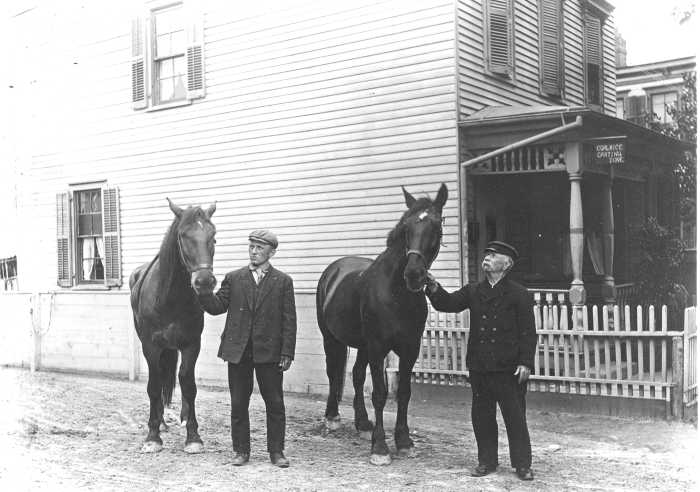Hispanics, now the largest minority in this country, reached close to…
By George Tsai
The latest official data show that from 2000 to 2003 the nation saw a rapid growth in Hispanics and Asians, according to the Sing Tao Daily Chinese-language newspaper. So did Queens.
Hispanics, now the largest minority in this country, reached close to 39 million, an increase of about 13 percent during the three-year period. Asians stood at roughly 11 million, an increase of about 12 percent during the same period, according the U.S. Census information.
The Sing Tao also reported that by 2050 the population of the minorities could equal that of the whites. How could that happen? It seems the minority population increase may continue its current pace because some ethnic groups deem birth control a taboo. The continued influx of immigrants also could be a major factor.
It must be noted that the above figures could be higher because many illegals remain unaccounted for. We can never get an accurate number because more often than not these people are on the move looking for jobs. Fearing deportation, many just shun participation in the Census.
Despite the Sept. 11, 2001 terror attacks and our ailing economy, immigrants have continued to flock to the “Promised Land.” Of course, many find it much harder to get here these days because of security scrutiny, but by no means have they given up hope that they will make it here someday.
New York City, probably the world’s biggest melting pot, has the lion’s share of these increases. And Queens is noticeably one of those places where new immigrants want to settle and work.
Reality and fantasy, however, cannot co-exist. Many new arrivals have found it difficult to adjust to the way of life in their adopted homeland. Language is perhaps one of the biggest barriers preventing them from entering the mainstream.
It is therefore natural that they choose to stay in communities where they can work and do business in their native languages — such as the Chinese and Koreans, who prefer to converge on Queens, particularly Flushing.
In addition to language, health maintenance is a serious problem facing a lot of newcomers.
Some haven’t had a physical checkup since their arrival in this country. When they are ill, some Chinese immigrants, for instance, treat themselves with herbs available at local Chinese drugstores. I assume new immigrants of other ethnic groups do the same.
The Sing Tao Daily, a Chinese-language newspaper in New York, recently quoted the city’s health agency as saying that in the past 10 years the death rate of people living in western Queens — which includes Woodside, Long Island City, Astoria, Elmhurst, Corona and Sunnyside — had risen to 2,412 in 100,000 people.
This number is several times higher than that of residents in the relatively wealthy northeast communities, where the death rate is 571 in 100,000 people. Forest Hills, Fresh Meadows, Rego Park, Bayside, Douglaston, Whitestone and North Flushing fare very well.
The predominantly poor immigrants, legal or illegal, converge on the west. Their average incomes are close to the poverty line, with only few having health insurance. So when they fall sick, they can neither afford to see a doctor because of the ridiculously high fees, nor can they afford to buy health insurance. A great number of them are afraid that applying for medical assistance may expose their illegal status.
Unhealthy living conditions such as overcrowding is obviously one of the contributing factors causing the rise of diseases. It’s sad that some died, mostly of a heart attack, before realizing their American dream.
As far as I know, though, the government does provide emergency medical assistance to the poor regardless of their legal status if they entered this country before Aug. 22, 1996.
Also, medical care groups, such as Family Health Plus and Affinity Health Plan, have set up mobile booths and tables in downtown Flushing begging people to apply for free health coverage. The procedure is simple and many, particularly young people, are able to get full coverage within a short period of time.
Besides, there are private charities in Queens offering medical care to the poor at little cost. One hopes the needy will make an effort to get in touch with them.
New arrivals are indeed hard-working people who have eased our labor shortage in the booming construction industry and the low-paying job market. Since they are here to stay, the immigration authorities should work out a plan to facilitate their legalization so that they can pay taxes and buy insurance. Otherwise, such free medical services will eventually impose a heavy burden on taxpayers.
More important, though, is that the immigration authorities double their efforts to crack down on snakeheads, who smuggle foreigners into this country and are responsible for the rising tide of illegal immigrants.


































